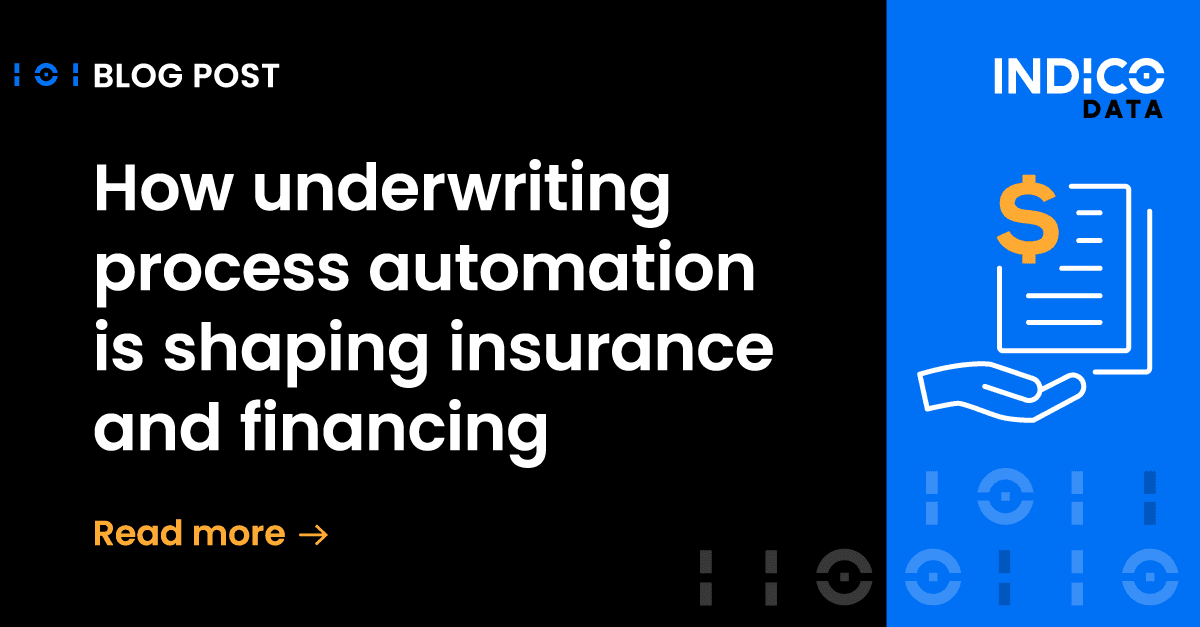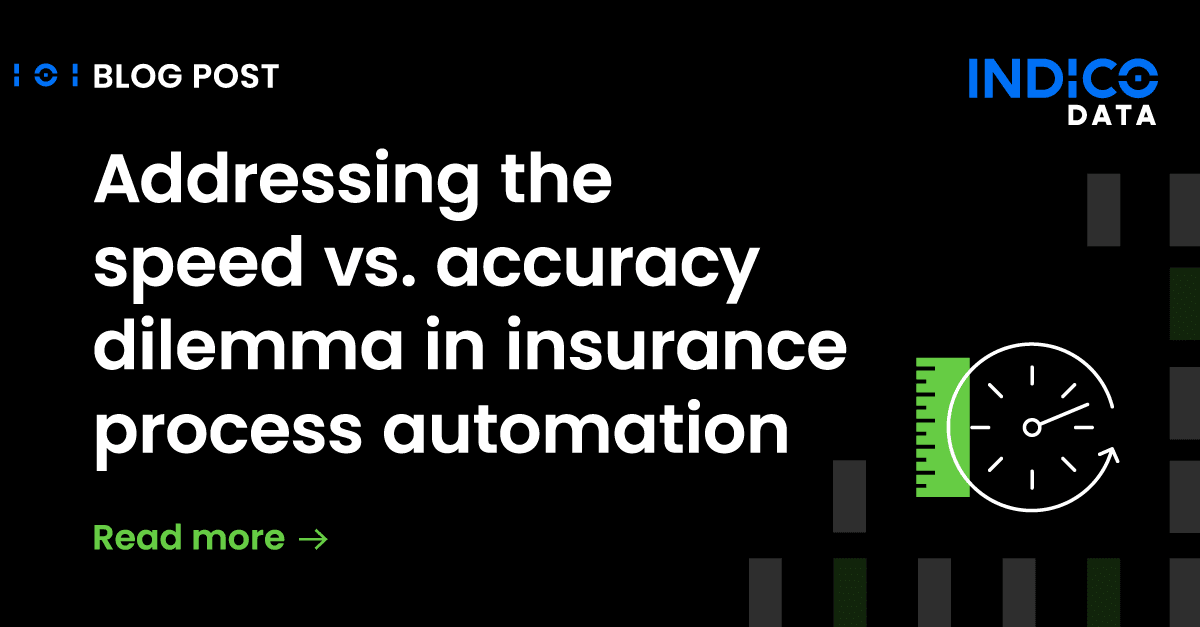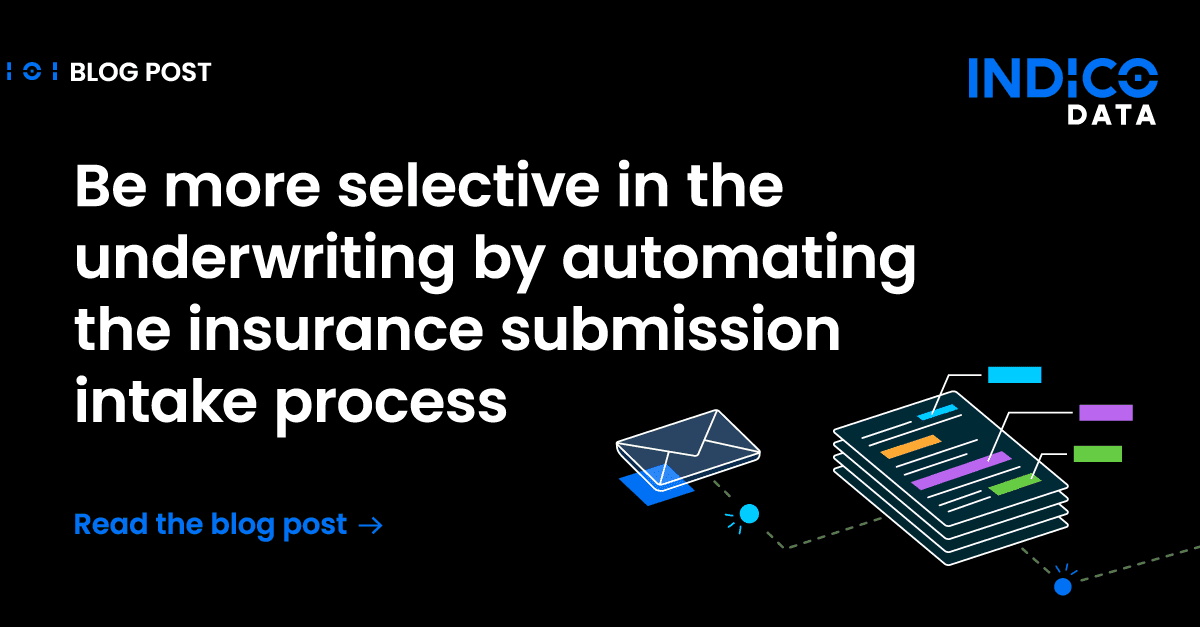Every financial institution must meet various regulatory requirements, including one, anti-money laundering (AML), which requires them to peruse literally thousands of documents and web pages. That’s why AML automation of documents has been high on financial institution wish lists for some time now.
In the U.S., meeting AML requirements means complying with the Bank Secrecy Act and related regulations meant to deter money laundering by terrorist financing networks and drug cartels.
A number of drivers are pushing AML automation for regulatory compliance, according to a white paper by KPMG on the topic titled “Intelligent Automation in Financial Crimes.”
One is ever-increasing regulatory scrutiny, which requires companies to continually add headcount to keep up with requirements – an unsustainable approach, KPMG says. Another is cost pressure, or the need to “do more with less.”
Related content: Chatham Financial increases process capacity by 300%
Finally, there’s a competitive requirement to innovate, the KPMG paper says. This involves finding ways to address AML regulations without standing in the way of business line leaders’ ability to do business or having an intrusive impact on customers.
Continuum of automation
Like so many automation efforts, meeting AML regulatory requirements often follows a continuum that involves pretty much all the technologies that fall under Gartner’s “hyperautomation” umbrella.
It starts with using robotic process automation (RPA) to handle rather simple AML automation routines, then financial institutions graduate to machine learning and cognitive automation solutions. These more intelligent automation approaches to automating AML routines deliver ever-increasing value.
RPA is useful for simple, repetitive tasks such as gathering information needed for AML investigations. That may include scraping websites, retrieving customer data from internal systems and uploading it into a case management system.
Machine learning models can be trained to identify risks. Using a set of existing data as a baseline, an ML model can, over time, learn from various feedback how to identify the warning signs that indicate a money laundering risk.
Adding cognitive automation is where things get really interesting. Cognitive systems, including intelligent document processing tools, can “read” documents just as a human would and discern the context behind each one. Automation models can be trained to extract key data from these documents and feed them to a decisioning engine that delivers alerts when it finds suspicious activity – or even take steps on its own to immediately close or put a hold on an account.
Related Post: 3 Use Cases for Intelligent Document Processing in Commercial Banking
Getting there from here
“In contrast to RPA, machine learning and cognitive is more complex and takes longer to achieve, however greater benefits are possible,” the KPMG white paper says.
While we certainly agree about the “greater benefits” part, Indico takes exception to KPMG’s position on complexity and time. At least for the part of the AML automation process that we handle – intelligent document processing – implementation is relatively easy and fast.
Indico’s Intelligent Process Automation (IPA) platform is used to build models that can digest any kind of content, including unstructured content that constitutes the bulk of what’s involved in AML processes. As KPMG suggests, financial institutions could use an RPA tool to collect all the documents, feed them to Indico to read them, extract pertinent information and deliver it to the decisioning engine.
Creating a model to do that requires labeling about 200 of the actual documents typically involved in the AML process. Using our simple tools, that takes only a few hours. The result is a model that delivers extremely high accuracy.
Download the eBook: The unstructured data imperative: Why enterprises need to act now
The reason we can say that is our model is built on a database of some 500 million labeled data points. We the apply technologies including machine learning, natural language processing and transfer learning to enable the model to be easily trained to process most any kind of content, including Word documents, PDFs, emails, even images.
Financial institutions do indeed face significant challenges in complying with AML requirements. But automation tools including Indico’s IPA platform are ready to help you meet them, delivering healthy cost savings in the process.





